Nature reports
Page 51 of 74 - 736 Results
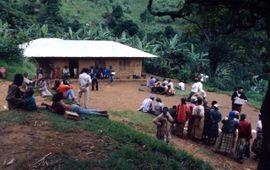
Science… You might associate the term with professors with thick glasses and white coats, or large university buildings. For ages, science has been like that indeed. A new field originated during the past few decades though, based..
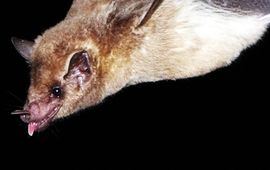
Bonaire houses about two hundred caves. These caves provide crucial habitat for several important animal species, especially five species of the island’s only native terrestrial mammals, the bats. The Bonaire Caves and Karst..
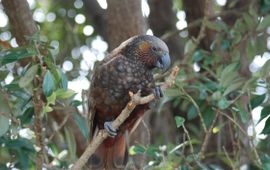
The arrival of humans in New Zealand, some 700 years ago, triggered a wave of extinction among native bird species. Many more species are currently under threat. Calculations by scientists show that it would take at least 50..
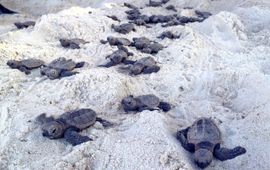
The sea turtle nesting season has officially started: each of the Dutch Caribbean Islands has reported their first hatchlings of the year. The official season runs between April and December, with slight differences between the..
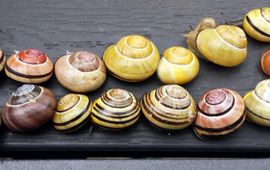
Professor Menno Schilthuizen, author of 'Darwin in the city', and Naturalis researcher Niels Kerstes cooperated with Vincent Kalkman and Thijmen Breeschoten on research into how urban temperatures have impacted the evolution of..
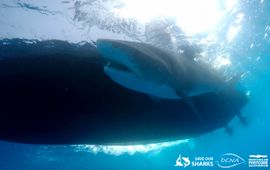
An international expedition for shark research to the Saba Bank is taking place from July 15 to July 25. The main goal is to gain insight in the role of the Saba Bank in the life cycle of different shark species, in order to..
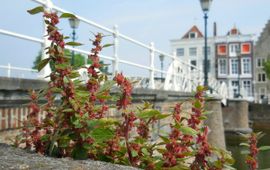
Climate change affects our health. The consequences that climate change can have on our health, for instance heat stress, allergies, diseases, air quality and UV-radiation, have hitherto never been documented this extensively: as..
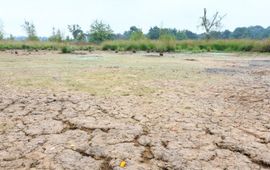
The soil plays an important role in determining the climate adaptability of plants. A soil that has favourable growing conditions, strengthens plant resilience against heat and drought, but a soil with adverse conditions is..
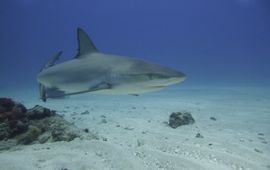
Wageningen Marine Research reported ten reef-associated shark species in the Dutch Caribbean in a recent published study commissioned by DCNA. The most common species are the nurse shark and the Caribbean reef shark. Overall, more..
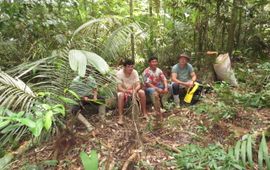
Deforestation is currently the major threat to Amazonian tree species. But according to the outcome of research by – among others – Hans ter Steege of Naturalis Biodiversity Center, climate change may surpass it in just a few..
